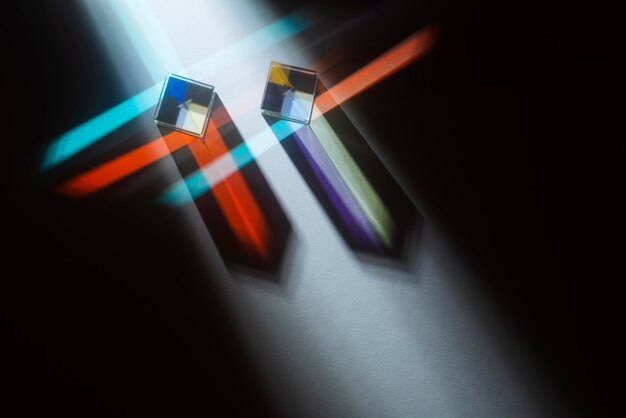
Sponsored article
The advertising and printing industries are witnessing a seismic shift, fueled by the rapid advancement of emerging technologies. From artificial intelligence enhancing targeted advertising to 3D printing revolutionizing marketing materials, these innovations are transforming how brands communicate with audiences. As virtual and augmented reality create immersive experiences, the landscape of advertising and printing is being redefined, promising more personalized, engaging, and cost-effective solutions for businesses worldwide.
Artificial intelligence and machine learning are at the forefront of revolutionizing targeted advertising by transforming how businesses gain consumer insights and personalize their campaigns. With AI-driven algorithms, advertisers can analyze massive datasets to discern patterns and predict consumer behavior with unprecedented accuracy. This enhanced understanding allows brands to offer personalized advertising experiences that resonate more deeply with individual preferences and habits. As a result, targeted advertising becomes not only more efficient but also more effective in capturing consumer engagement. Machine learning models continuously refine these insights, adapting in real-time to evolving consumer behavior, ensuring that the right message reaches the right audience at the right time. This level of personalization fosters a more meaningful connection between brands and consumers, ultimately leading to higher conversion rates and improved ROI for advertising campaigns. As artificial intelligence continues to evolve, its impact on personalized advertising strategies is poised to drive forward the next wave of innovation in the advertising industry.
In the ever-evolving landscape of advertising and printing, 3D printing emerges as a revolutionary force, particularly in the creation of marketing materials. This cutting-edge technology opens new pathways for customization, allowing businesses to develop highly personalized and engaging promotional items that captivate audiences. With 3D printing, the complexity of designs is no longer a limitation but an opportunity, enabling rapid prototyping that transforms creative concepts into tangible assets swiftly and efficiently. The democratization of design through 3D printing means bespoke designs are more accessible, offering a cost-effective avenue for brands to make a distinct mark in their campaigns. By leveraging the precision and versatility of 3D printing, companies can produce unique marketing materials that reflect their brand identity with stunning accuracy, ensuring they are not just keeping up with innovation but leading the charge in creativity and consumer engagement. As customization becomes paramount, 3D printing situates itself as an indispensable tool in modern marketing strategies.
In the rapidly evolving landscape of digital marketing, virtual reality and augmented reality are emerging as pivotal tools that redefine advertising strategies. Virtual reality offers consumers fully immersive experiences, placing them inside branded worlds where they can interact with products and services in a lifelike environment. This transformative technology excels at capturing attention and enhancing brand engagement, enabling companies to forge a deeper connection with audiences by allowing them to experience a product beyond the traditional two-dimensional screen. Similarly, augmented reality bridges the gap between the physical and digital realms, enhancing real-world surroundings with interactive advertising elements that not only captivate but also offer personalized, memorable interactions. These technologies are reshaping consumer perceptions and preferences, making product exploration more engaging and enjoyable, thus driving consumer loyalty. As businesses increasingly incorporate VR and AR into their strategies, they create powerful narratives that resonate with today’s tech-savvy consumers.